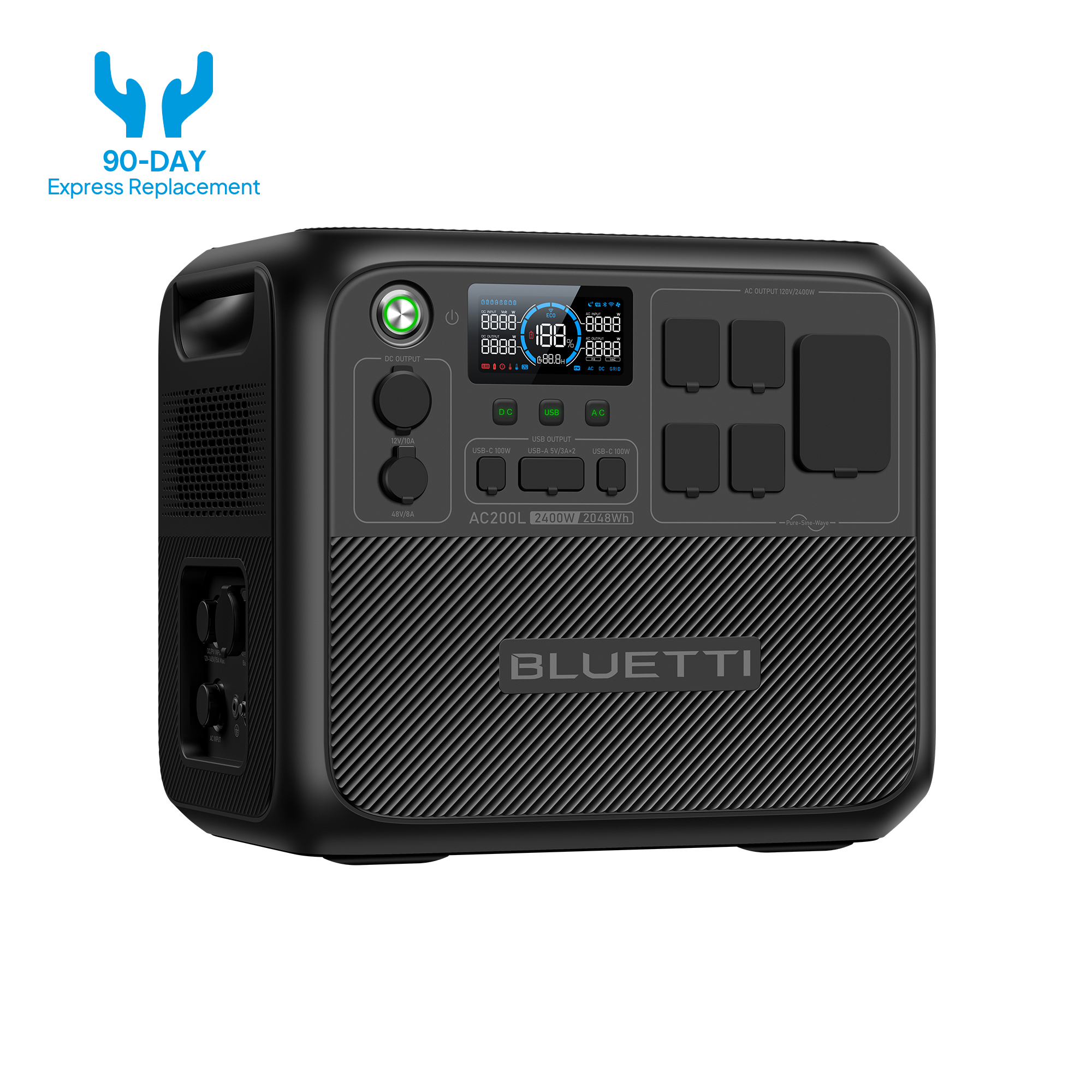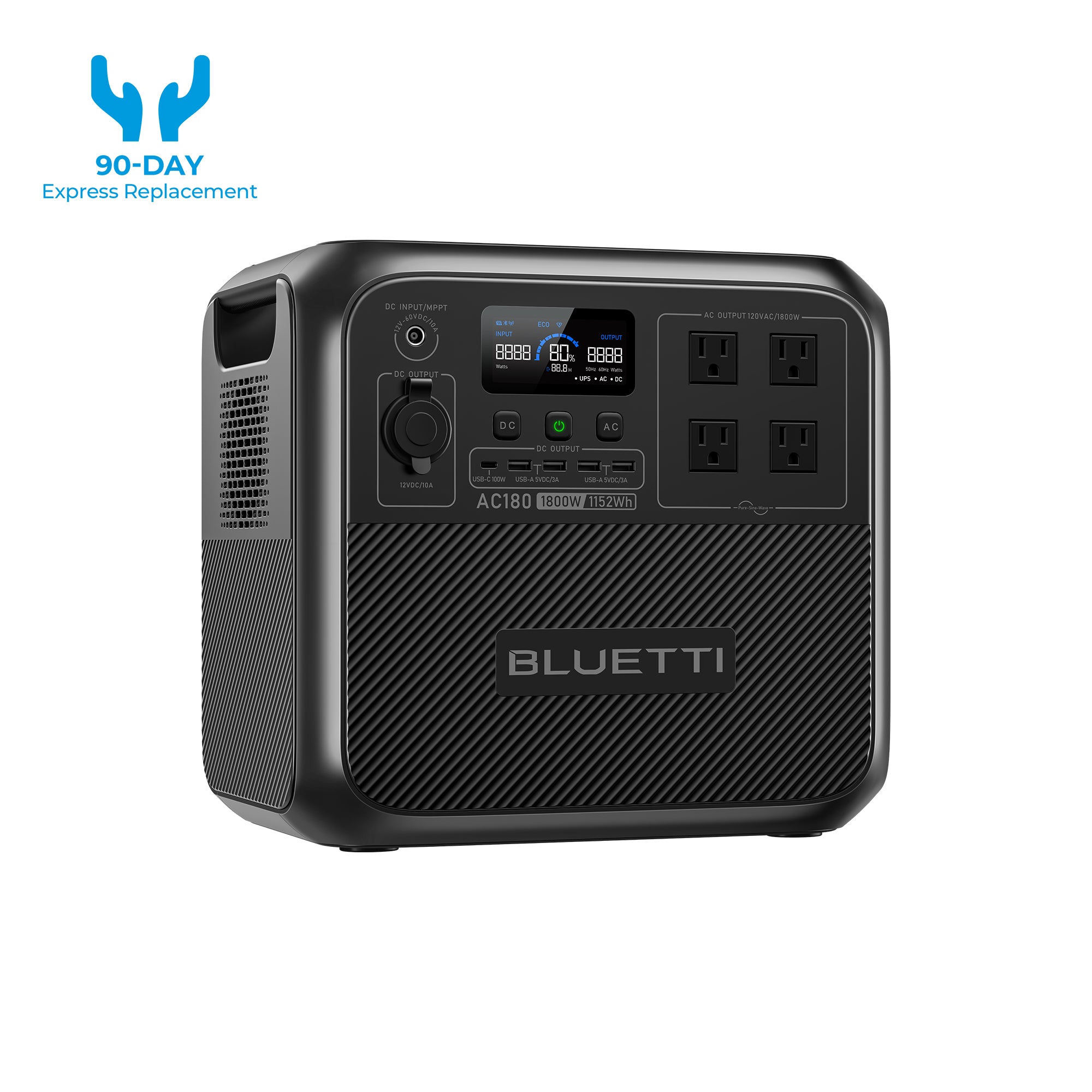When dealing with batteries, portable power stations, and other energy storage devices, understanding how to convert between watt-hours (Wh) and milliampere-hours (mAh) can be incredibly useful. This article will guide you through the basics of Wh to mAh conversion, answer common questions, and provide tables to make calculations easier.
What Are Watt-Hours (Wh) and Milliampere-Hours (mAh)?
Before we dive into conversions, let’s clarify what Wh and mAh represent:
Watt-hours (Wh) is a measure of energy. It tells you how much power (in watts) is used over a period of one hour. For example, if a battery has a capacity of 100Wh, it can theoretically supply 100 watts for one hour.Why Convert Between Wh and mAh?
You might need to convert between Wh and mAh when comparing the capacities of different batteries or power stations, especially when they’re rated in different units. This is common in products like portable power stations, smartphones, and other rechargeable devices.
Conversion Formula For Wh to mAh
The key to converting Wh to mAh is the battery voltage (V), as energy capacity and charge capacity are related by voltage. Here’s the basic formula:
mAh=Wh×1000/V
And to convert from mAh to Wh:
Wh=mAh×V/1000
In both formulas:
* Wh is the energy capacity in watt-hours.
* mAh is the charge capacity in milliampere-hours.
* V is the battery voltage in volts.
Example Conversion Table for Common Voltages
For example, if you have a 1 Wh battery rated at 3.7 V, the capacity in milliampere-hours (mAh) is 1 Wh × 1000 / 3.7V ≈ 270.3 mAh. Here’s a table that shows conversions from Wh to mAh for common voltages:
|
Watt-Hours (Wh) |
Voltage (V) |
Milliampere-Hours (mAh) |
|
1 Wh |
3.7 V |
270.3 mAh |
|
10 Wh |
3.7 V |
2703 mAh |
|
20 Wh |
3.7 V |
5405 mAh |
|
50 Wh |
7.4 V |
6757 mAh |
|
100 Wh |
12 V |
8333 mAh |
|
200 Wh |
5 V |
40000 mAh |
This table helps quickly convert between Wh and mAh based on various voltage levels.
Step-by-Step Conversion Examples
Converting Wh to mAh
Let’s say you have a 20Wh battery operating at 5 volts. Using the formula:
mAh=20×1000/5=4000 mAh
This means the battery has a capacity of 4000mAh at 5 volts.
Converting mAh to Wh
For a battery rated at 5000mAh and 3.7 volts, the calculation would be:
Wh=5000×3.7/1000=18.5 Wh
This battery has an energy capacity of 18.5Wh.
Frequently Asked Questions on Power Conversion
1. How to Convert 1000 Amps to mAh?
Since 1000 amps is a very high current, it’s uncommon to convert it directly to mAh without knowing voltage and time. If you’re looking at 1000 milliamps (1 amp) and want to convert it to mAh, it simply depends on the duration of usage. For instance, running a 1 amp device for 1 hour equals 1000mAh.
2. Converting kWh to mAh
Kilowatt-hours (kWh) can be converted to milliampere-hours (mAh) if you know the voltage. Use the formula:
mAh=kWh×1,000,000/V
For example, if you have a 1kWh battery and a voltage of 12V:
mAh=1×1,000,000/12=83,333 mAh
3. Converting mAh to Watt
To find the power in watts from mAh, you need to know both the voltage and the time duration. The mAh value by itself doesn’t give the complete power rating in watts but indicates the charge capacity.
4. Converting mAh to Wh
As shown above, you can convert mAh to Wh by using:
Wh=mAh×V/1000
This calculation is useful for comparing devices with different capacity units, like portable power stations.
Conversion Chart for Portable Devices
For quick reference, here’s a chart converting mAh to Wh for typical voltages in portable devices:
|
mAh (Battery Capacity) |
Voltage (V) |
Wh (Energy Capacity) |
|
5000 mAh |
3.7 V |
18.5 Wh |
|
10000 mAh |
3.7 V |
37 Wh |
|
20000 mAh |
5 V |
100 Wh |
|
50000 mAh |
12 V |
600 Wh |
|
100000 mAh |
12 V |
1200 Wh |
Running Time Explanation
A power station’s running time depends on two main factors: the device’s wattage and the power station’s watt-hour (Wh) capacity. Understanding this relationship lets you calculate the practical application of a power station’s capacity for your devices. For instance, if you’re running a 60W fan on a 768Wh power station, divide the watt-hour rating by the appliance wattage (768Wh ÷ 60W), giving you about 12.8 hours of fan operation.
Featured Portable Power Stations
Now that you have a grasp on converting Wh to mAh, let’s explore some standout portable power stations designed to keep devices charged and running when you’re off the grid.
1. BLUETTI AC200L Portable Power Station
Being a beast, the BLUETTI AC200L even goes up to 2,400W of powerful continuous AC output and up to 3,600W of peak power which is more than enough for power hungry appliances. It has a massive 2,048Wh capacity that can be added up to 8,192Wh power supply for days of electricity when you merge it with optional battery banks. Of course it supports AC, solar, car, generator and much more and it can be recharged from 0 to 80% within 45 minutes with 2,400W AC input. Having physically cabled control options as well as controlling via an app on Bluetooth and WiFi makes the AC200L convenient and dependable for outdoor camping or as a backup power source in the house.
Running Times for Household Appliances With BLUETTI AC200L (2048Wh)
- Drone (40Wh): ~41.3 Times
- Laptop (70Wh): ~24.0 Times
- TV (65W): ~22.4 Hours
- Table fan (75W): ~19.7 Hours
- Space Heater (350W): ~4.7 Hours
2. BLUETTI AC180 Solar Portable Power Station
For those who want versatility and sustainability without any compromise due to limited AC output, the BLUETTI AC180 is perfect for them. The AC output is 1800W with 2700W power lifting mode, a storage capacity of either 1152Wh in AC180 or 1440Wh in AC180P.
Within this model, a total of four recharging options are provided; AC, Solar, Car, Generator depending on the surroundings that the user finds his or herself in. The battery can also be quickly recharged via 1,440W AC input, and it takes only forty-five minutes to full eighty percent. The AC180 is ideal for users seeking an eco-friendly, quiet, and efficient power solution for camping, RV trips, or emergency preparedness.
Running Times for Household Appliances With BLUETTI AC180 (1152Wh)
- Drone (40Wh): ~23.2 Times
- Laptop (70Wh): ~13.5 Times
- TV (65W): ~12.6 Hours
- Table fan (75W): ~11.1 Hours
- Space Heater (350W): ~2.6 Hours
3. BLUETTI AC70 Portable Power Station
The AC/DC converter of the BLUETTI AC70 has a favorable power to size ratio, supporting a 1,000W power output with a 2,000W lifting power mode. It comes with a capacity of 768WH and turbo mode charging that will allow it to charge up to 80% in 45 minutes thus suitable for productions with many charging cycles in a short time.
It also features LiFePO₄ battery, giving 3,000+ charge cycle, for long-lasting battery health. Every MP600 boasts 7 output ports as charging possibilities, and a BLUETTI application provides smart distant control. The beauty of this system is that despite its small size it has a great deal of power and can be a good emergency station in case of a home disaster as well as when one goes for a camping experience.
Running Times for Household Appliances With BLUETTI AC70 (768Wh)
- Drone (40Wh): ~15 Times
- Laptop (70Wh): ~8 Times
- TV (65W): ~8.2 Hours
- Table fan (75W): ~7.3 Hours
- Space Heater (350W): ~1.7 Hours
All of these portable power stations come with different features that make them suitable for use during camping, as well as for emergency power supplies. To determine the energy capacity of Wh with respect to mAh, one needs to know how to convert Wh to mAh and then decide on which model is apt for you.
Real-World Charging and Running Times
To give you a clear sense of the practical capabilities of each BLUETTI power station, let’s break down how many times they can charge a typical device - such as a mobile phone, and how long they’ll power essential appliances.
How Many Times Can You Charge a Mobile Phone?
Let’s consider a standard mobile phone with a 4000 mAh battery rated at 3.7 volts. The formula to calculate the phone’s energy requirement in watt-hours (Wh) is:
Phone Battery Wh=mAh×Voltage/1000 = 4000×3.7/1000= 14.8 Wh
Now, using the power capacity of each BLUETTI power station, let’s determine how many times they can fully charge a 4000 mAh mobile phone battery. Running time = Battery capacity × DoD × η ÷ Device rated power. DoD refers to Depth of Discharge and η is local inverter efficiency. Take AC200L as an example, its DoD and η are 95% and 93%.
BLUETTI AC200L Portable Power Station (2048Wh):
Charges=2048 Wh × 0.95 × 0.93 / 14.8 Wh ≈122 full charges
This provides a practical perspective on how well the AC200L power station would serve someone needing to recharge their phone during a trip or in a power outage.
Final Words
All in all, understanding the capacity of a power station in watt-hours (Wh) and how to convert it to milliamp-hours (mAh) gives you insight into its battery life and charging capabilities. Knowing the mAh rating helps assess how long a power station will keep your devices running, providing you with reliable power during emergencies or on trips.
This information allows you to choose a power station that fits your needs, whether you’re planning for extensive off-grid usage or need a backup for essential household devices.









































































